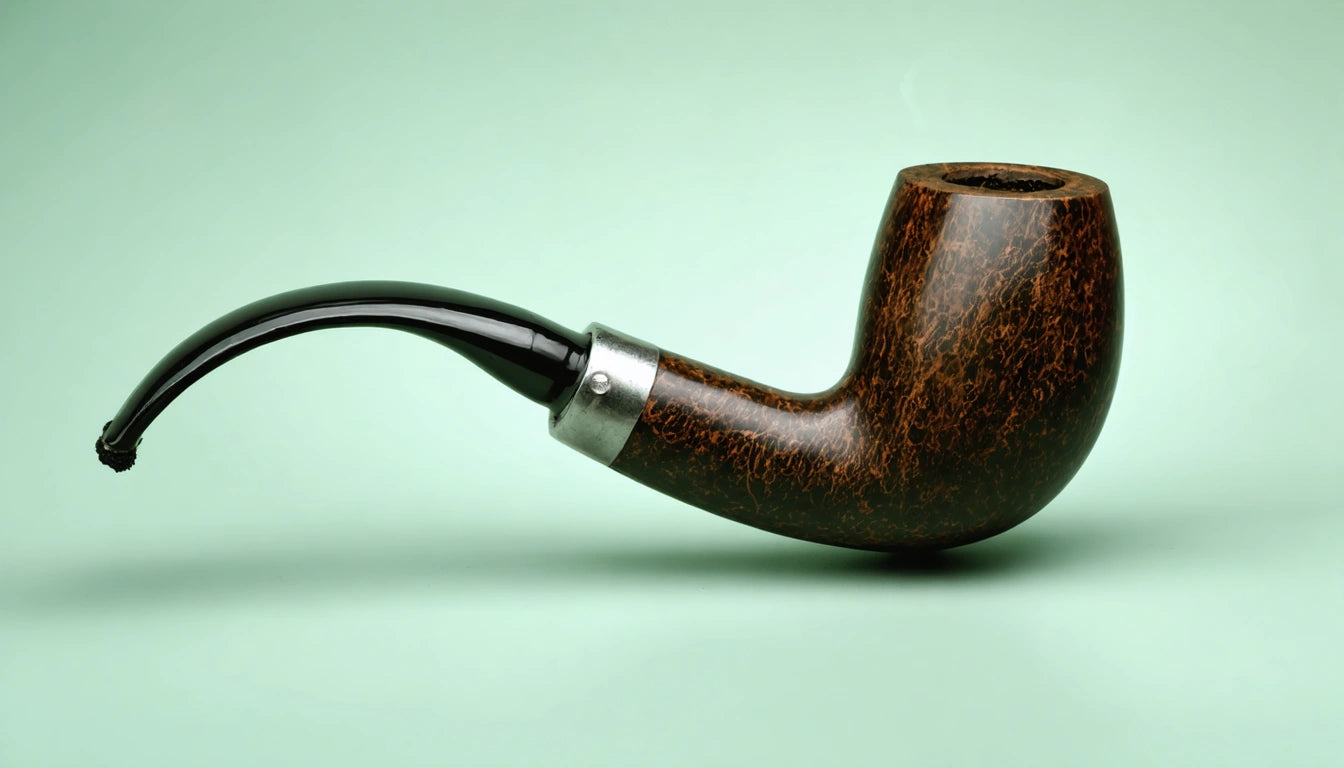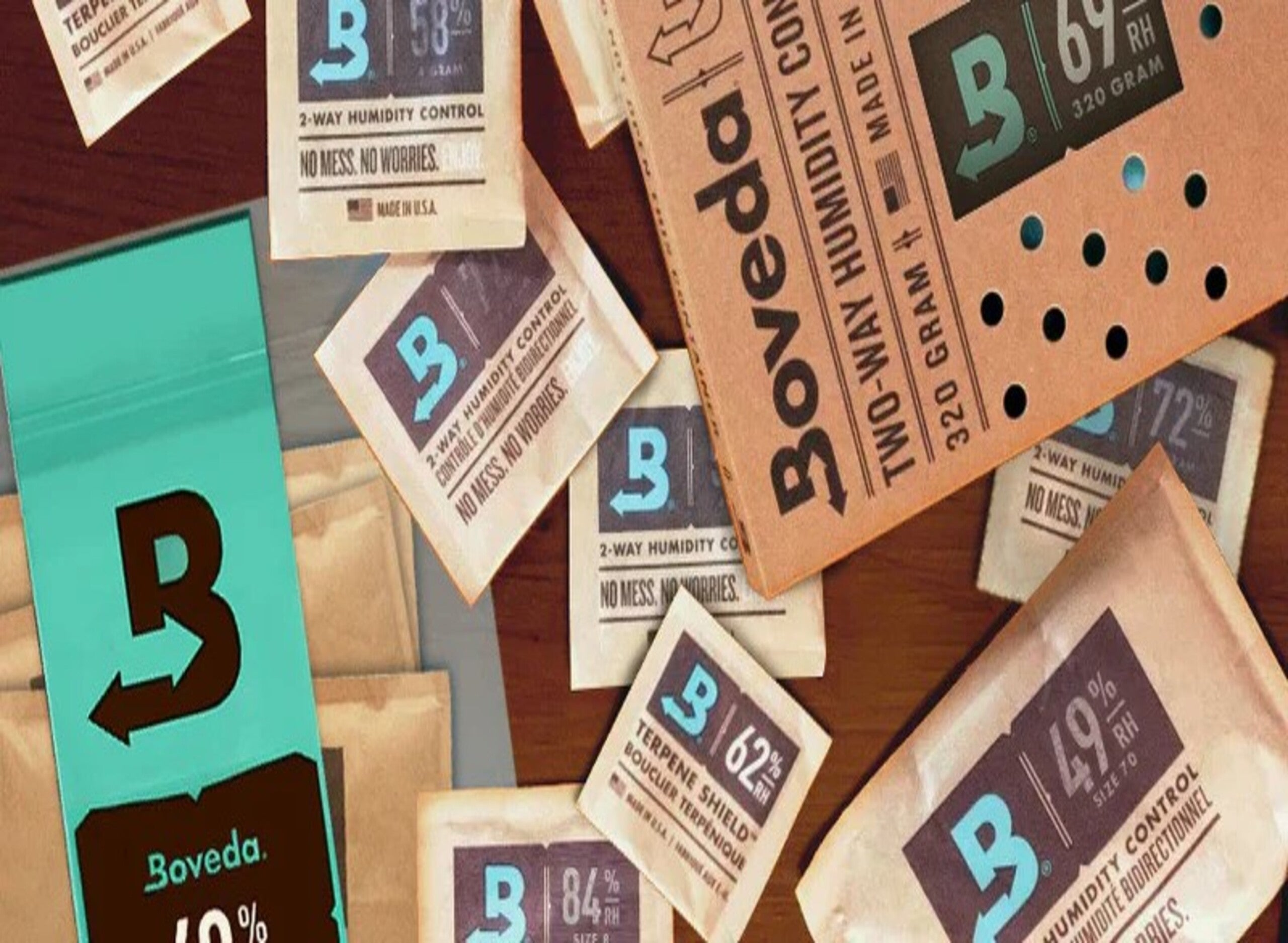Table of Contents
Child-resistant (CR) packaging represents one of the most significant expenses in cannabis product development. Understanding the various cost factors involved helps brands make informed decisions that balance safety compliance with financial sustainability. This guide explores the key elements driving CR packaging costs and offers strategies to optimize your investment.
Regulatory Compliance: The Baseline Investment
Compliance with state and federal regulations forms the foundation of CR packaging costs. According to industry standards, CR packaging must meet specific testing protocols, particularly the CPSC's 16 CFR 1700 requirements. These standards ensure that packaging is difficult for children under five to open but accessible for adults.
Different product categories face varying requirements. Flower, edibles, vapes, and concentrates each demand specialized CR solutions, with edibles typically requiring the most robust protection mechanisms. This product-specific compliance drives significant cost variation across packaging types.
Material Selection Impact on CR Packaging Costs
Material choice significantly influences both the effectiveness and cost of CR packaging. Common materials include:
- Plastic polymers (HDPE, PP, PET) - generally more affordable
- Glass with CR caps or mechanisms - mid-range pricing
- Metal containers with CR features - typically higher cost
- Biodegradable CR options - premium pricing tier
The growing demand for eco-friendly CR packaging introduces additional cost considerations. Sustainable materials often command premium prices but may deliver long-term brand value through environmental positioning.
Volume Scaling Considerations for CR Packaging
Order volume significantly impacts unit costs for CR packaging. Small-batch orders typically incur higher per-unit prices, while large volume commitments can substantially reduce costs. This scaling factor creates particular challenges for:
- Startup brands with limited capital
- Specialty product lines with smaller production runs
- Seasonal or limited-edition offerings
Many cannabis brands begin with standardized solutions before transitioning to custom options. For pre-roll products, custom cone solutions with child-resistant packaging can offer scalable options that grow with your production volume while maintaining compliance.
Testing and Certification Expenses
Validating CR effectiveness represents a significant but often overlooked cost component. Third-party testing and certification expenses typically include:
- Initial prototype testing ($8,000-$15,000 per design)
- Compliance documentation and certification
- Periodic retesting for ongoing validation
- Market-specific certification for multi-state operations
These costs become particularly impactful when launching products across multiple jurisdictions. Multi-state operators must navigate varying requirements, potentially necessitating different packaging solutions for different markets.
Balancing Branding and Safety Requirements
Integrating brand identity with CR functionality introduces additional cost considerations. Balancing safety and branding often requires custom design elements that increase production expenses.
The spectrum of options ranges from:
- Stock CR packaging with applied labels (most affordable)
- Semi-custom solutions with standard CR mechanisms but custom printing
- Fully custom engineered CR packaging with proprietary mechanisms (premium)
According to industry comparisons, custom-engineered solutions can cost 3-5 times more than off-the-shelf alternatives but may deliver stronger brand differentiation and consumer experience benefits.
Cost Optimization Strategies for CR Packaging
Several approaches can help cannabis brands manage CR packaging costs without compromising safety or compliance:
- Standardize packaging across product lines where possible
- Leverage modular CR systems that can accommodate different products
- Consider CR packaging early in product development to avoid redesign costs
- Explore innovative CR mechanisms that may offer cost advantages
- Partner with suppliers offering volume-based pricing tiers
Avoiding common CR packaging mistakes can prevent costly compliance issues and product recalls. Proactive planning and understanding the full spectrum of CR requirements for your specific product category provides the strongest foundation for cost optimization.
As the cannabis industry matures, innovations in materials science and manufacturing processes continue to create new opportunities for cost-effective CR packaging solutions that maintain the highest safety standards while supporting brand objectives.











Leave a comment
All comments are moderated before being published.
This site is protected by hCaptcha and the hCaptcha Privacy Policy and Terms of Service apply.